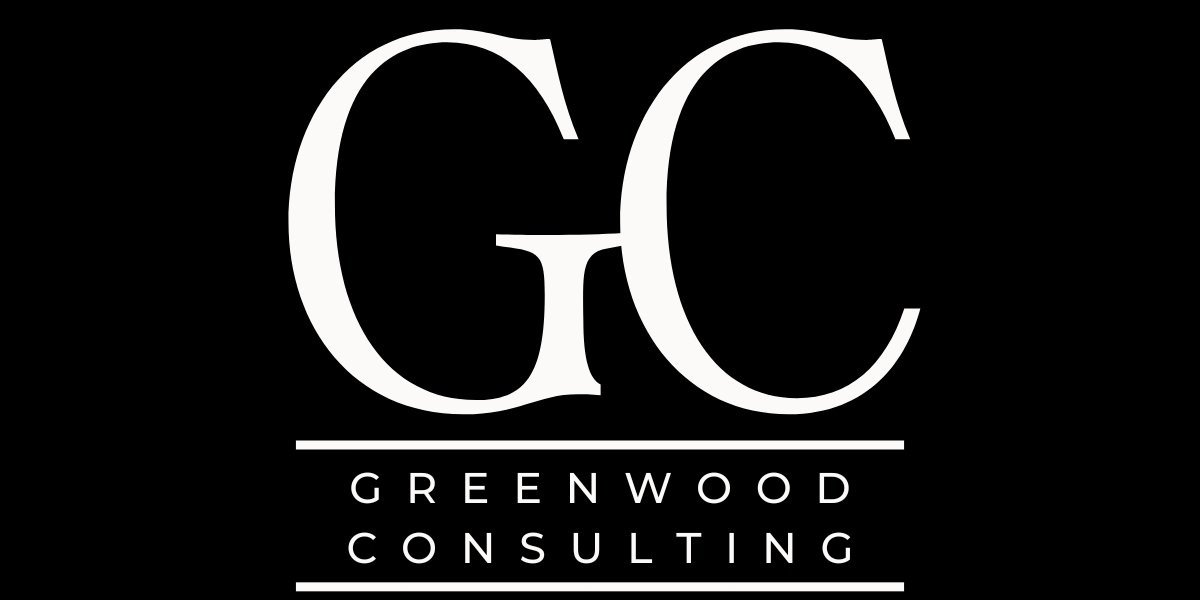E353:🎓HEADLESS VS COMPOSABLE COMMERCE FOR B2B ECOMMERCE
Understanding Composable Commerce vs. Headless Commerce for B2B
Welcome back to Mentoring Moments, an eCommerce Edge podcast series. Today, we're diving into a topic that often confounds even seasoned professionals: the difference between composable commerce and headless commerce, especially in the B2B realm. Joining me is Kevin Zaw, one of my mentees who has some fantastic questions on this.
What is Composable Commerce?
Composable commerce involves selecting and integrating best-of-breed components for both your front and back end. This approach meets specific use-case requirements and adapts over time. The idea here isn’t new—tech stacks have always been built this way. The term 'composable' becomes relevant because more systems are now API-enabled, making integration easier.
In a B2B setting, composable commerce can be particularly valuable as businesses often operate with unique needs. Manufacturers, wholesalers, and distributors each have differing requirements. The beauty of composable commerce is its flexibility to integrate various systems to create a cohesive solution.
The B2B Technology Stack
Unlike B2C, the B2B world hasn't yet matured in its tech stacks. You might see startups in B2C using Shopify, Klaviyo and QuickBooks with a few common apps but B2B setups can vary wildly. Whether integrating light manufacturing workflows or managing heavy-manufacturing processes, the requirements are diverse.
As for composable commerce, it allows organizations to use specialized solutions for unique needs. For instance, a company could use Microsoft D365 for ERP while using a different CMS for the front end. This approach ensures that each part of the stack is optimized for specific functionalities.
Enter Headless Commerce
Headless commerce separates the front-end presentation layer from the backend. This setup primarily aims to enhance performance and flexibility. In a headless model, the front end can be completely custom, often built using modern frameworks like React. While the backend handles core functionalities like catalog management and checkout.
However, headless commerce can lead to vendor lock-in. Custom front ends built by agencies can be challenging to transfer or modify without significant effort, making businesses highly dependent on the original developers or agencies.
When to Use Monolithic Models
In a monolithic model, the front end and backend are tightly integrated, often managed by a single vendor. Platforms like Shopify and BigCommerce offer this kind of deployment. While some providers also offer headless options, monolithic models can still be highly performant if built well.
For B2B, a monolithic approach often makes more sense. B2B websites usually don't get the same high traffic levels as B2C sites. Therefore, the need for extreme performance optimization is less pressing. What’s crucial for B2B is functionality, not necessarily an overwhelmingly unique UI/UX.
Why Headless Isn’t Always the Solution
Agencies often push headless commerce as a performance-enhancing measure. But the reality is a well-optimized monolithic system can perform just as well. Also, headless systems introduce complexities like needing custom integrations with third-party apps—something a monolithic setup might mitigate through plug-and-play functionalities.
In the context of B2B, where front-end performance isn't usually a critical issue, headless setups often add unnecessary complexity and cost. Most B2B platforms today are designed to work efficiently out of the box with their native theme engines, offering everything needed for a highly functional yet straightforward user experience.
Pricing Models for Integration
Integration costs can vary widely depending on the complexity involved. If you're using an integration platform as a service (iPaaS) like Patchworks or Jitterbit, costs can be lower since these platforms offer pre-built connectors for various systems. However, if significant data transformation or custom integration logic is required, the costs can escalate.
Some platforms even offer out-of-the-box integration for popular ERPs, making the process more seamless. But remember, integration is often a significant part of the total project cost, especially when dealing with multiple systems like ERPs, PIMs, CRMs, etc.
Platforms as Sources of Truth
In B2B, common sources of truth include ERP, CRM, and PIM systems. Your ERP would typically hold core data like inventory and pricing, while the PIM would manage enriched product data. The CRM system handles customer relationships and interactions.
Understanding these systems' roles can help you pick the right B2B commerce platform that complements your existing tech stack.
Conclusion
Composable commerce offers flexibility through best-of-breed components, while headless commerce provides performance and customization opportunities. However, each has its complexities and costs. In B2B, where needs are unique and varied, understanding the benefits and limitations of each approach is crucial.
For most B2B scenarios, a monolithic system with good out-of-the-box functionality and integration capabilities is often sufficient. Headless commerce while is promising, should be considered carefully, especially given its potential for vendor lock-in and higher complexity.
And hey, if you're looking for more insights and personalized mentoring, head over to Greenwood consulting.net and scroll to the bottom to click "Get Mentored by Jason." Thanks for tuning in and see you next time!
To learn more, check out the related THE ECOMMERCE EDGE Podcast episode below:
